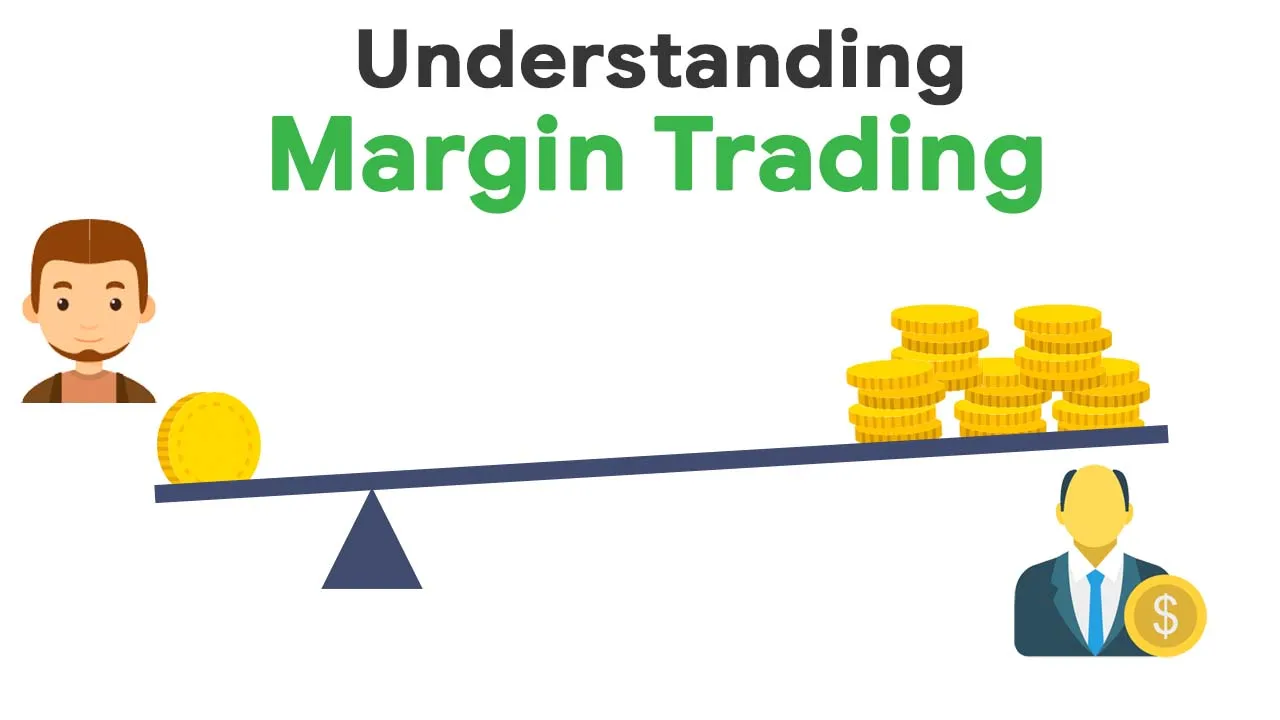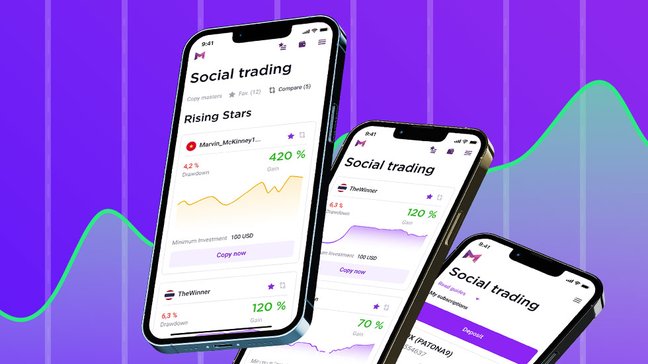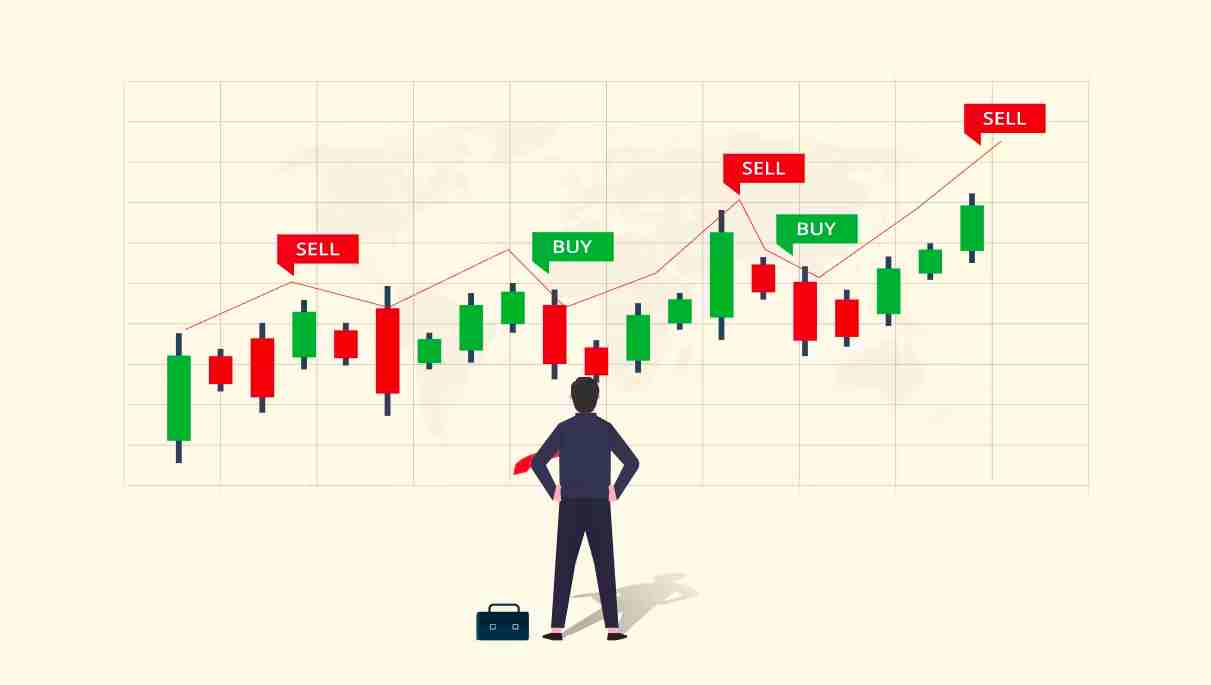How do crypto exchanges hide fees? It’s a question that could save you real money. Too often, traders get caught in a snare, unaware that their chosen platform masks true costs behind a smokescreen. I’m here to pull back the curtain on this hidden fee fiasco. Exchanges have mastered the subtle art of fee concealment, leaving you to foot a bill you didn’t sign up for. From complex fee structures that would baffle a mathematician to the sly costs that ride shotgun with ‘low’ trading fees, it’s a minefield for the uninformed. But worry not—I’ve decoded the tactics they use and the impact on your wallet. Stick with me, and you’ll navigate these tricky waters with ease, turning you from a would-be victim to a savvy investor. Let’s dive into the world of cryptocurrency exchanges and unveil these crafty costs once and for all.
The Subtle Art of Fee Concealment by Crypto Exchanges
Deciphering Complex Fee Structures
Crypto exchanges are tricky. They often hide fees in complex structures. Let’s break them down. People get drawn to exchanges that show low trading fees. But here’s the kicker: low fees on the surface often mean hidden costs elsewhere.
So, how do they hide them? They pack fees into several layers. Some fees are clear. Others? Not so much. When you trade, you see a trading fee. That’s just the start. You think you know the cost. But, there’s a catch.
Behind the scenes, they’re adding bits here and there. Take withdrawal fees, for instance. You have your coins and want to move them. Bam! They hit you with a fee for taking your own money out. It gets better. These fees can change based on the coin you use.
The Real Cost of Low ‘Visible’ Trading Fees
Those low ‘visible’ trading fees? They might be bait. Yes, bait. They hook you with low costs up front. But later? They sneak in other fees. Like withdrawal fees, I said before. Or how about deposit fees? Some even charge for simply having an account!
They also play with spreads, which is the gap between buying and selling price. A small spread looks good. But sometimes, that spread can widen. And who pays for that? You guessed it. You do.
Fees versus spreads can make your head spin. I’m telling you, it’s a balancing act. You look left at the low trading fees. You miss the right hook – the other charges. The real punch comes when you add them up. That is when your low-fee trade isn’t so low.

Now, let’s talk about comparing fees. It’s like a maze. Each exchange has its own way. Remember, timing changes things. What’s cheap now might not stay cheap. Exchanges know this. They use it.
Understanding fee policies on crypto exchanges is something I take seriously. Why? Because those hidden fees can eat into your profits, big time. And spotting them? It’s a skill, one that can save you money.
But here’s some good advice: don’t just look at the numbers. Look at what’s behind them. Ask questions. Why is this fee here? What’s that charge for? Read the fine print. And watch out for words like “adjustments” or “service charges.”
Crypto exchange fee structures aren’t easy to grasp. But knowing is half the battle. With knowledge, you can pick the right platform. One with fair fees that doesn’t try to trick you. It’s your cash. You should keep more of it.
In the end, the fees do matter. They change how much you earn from trading. So get smart about them. The hidden fee fiasco? It’s a beast, but you can tame it. Always dig deeper, beyond those ‘visible’ fees, to see where your money’s really going. And keep your eyes peeled for my next section where we take a closer look at fees you never saw coming!
Unmasking the Hidden Charges in Cryptocurrency Trading
Identifying Undisclosed Exchange Fees
Crypto exchanges often hide fees in clever ways. They do this to appear cheaper. They bury extra costs in the fine print. These could be extra withdrawal fees or costs for certain trading methods. It’s like a magic trick. When you’re not looking, they make money vanish from your wallet!
You might see a low commission rate advertised. It looks tempting, right? But when you trade, you get hit with a “surprise” fee. Exchange fee disclosure should clear this up. But many times, it’s not easy to find. Some fees only show up when you’re about to withdraw funds. That comes as a nasty shock!
Fee transparency in blockchain platforms is key. By law, firms must tell you what you’ll pay. Still, many hide it in jargon-heavy pages. Or they’ll show one fee. You’re not seeing the others, though, like the cost for moving your money out. Sometimes, the fee depends on your payment method. Or it changes based on how often you trade.
Knowing these tricks helps you spot hidden fees in crypto. Always check the full fee policy. Understanding crypto fee policies takes time but saves money. It’s not always about how high the fees are. It’s about not being tricked by them. Without understanding this, you can lose profit.
Understanding the Impact of Withdrawal and Miscellaneous Fees
Withdrawal fees on crypto platforms vary a lot. Some are fixed. Others change based on the crypto you’re withdrawing. High withdrawal fees can eat into your funds. Especially if you move money a lot. Small traders can suffer from this the most. It’s like paying a toll every time you want to access your own money. Not fair, right?
There are also inactivity fees on crypto assets. If you don’t trade for a while, you could pay for just… being there. There’s also slippage. That’s the difference between the expected and actual price of a trade. It’s not a ‘fee’, but it sure feels like one when it happens.

Then there are payment gateway fees in cryptos. Depending on how you deposit or withdraw money, there may be extra costs. Each of these fees impacts your investment. They can turn a good day into a bad one. Always remember to check these before you decide where to trade.
In summary, be a detective when it comes to fees. Understanding hidden transaction costs is crucial. It keeps more of your money where it belongs – with you. Ask questions. Dig for answers. Don’t let hidden fees catch you off guard. The real cost is in the details. And remember, if a deal looks too good to be true, it probably is. Stay smart and keep your eyes open for those sneaky, hidden fees.
Evaluating Transparency in Crypto Exchange Fee Policies
The Significance of Fee Disclosure on Blockchain Platforms
Blockchain is all about openness. Yet, when I dig into crypto exchange fees, I often find murkiness. You’d think a technology that touts transparency would do better. Sadly, some exchanges use this as a curtain to hide costs. If you don’t know the fees, how can you make smart choices with your hard-earned cash?
Think of it like buying a car. The sticker price looks good. But if you don’t check, you’ll miss the hidden fees. Delivery charges, admin costs, and more can pump up the total cost. It’s the same with trading crypto. The ads might scream “Low Fees!” But then, they hit you with hidden charges where it hurts.
How Fee Transparency Affects Your Trading Strategy
When exchanges don’t show all their cards, planning your trading game gets tough. Let’s say you spot a trading platform with low commission rates. You sign up, eager to trade. But hold on! What’s this? A surprising ‘maintenance’ fee pops up. And when you want to take your money out, bam! There’s a withdrawal fee, too.
So, your trading strategy needs to account for these sneaky charges. Otherwise, your profits could shrink faster than ice cream in the sun. And remember, if an exchange isn’t upfront about their fees, what else are they hiding?
Evaluating the fairness of trading costs means looking past the shiny offers. And it’s not just about today’s costs, either. What if the rules change? Some exchanges have fees that swing with the market, or they might charge more if you’re not trading enough. These variables could knock your strategy sideways if you’re not careful.
Always read the fine print. Compare the fees between exchanges. Look for transparency reports that should list all their fees. And don’t forget, every charge affects your bottom line. What starts as a trickle can become a flood. Just like that, your gains are washing away with those hidden fees.
Being good with numbers helps. Knowing how to calculate trading costs is like having a superpower. It’s your shield against the sneak attack of hidden fees. Keep your calculator close, and stay sharp. It’s your money, after all. Let’s make sure it stays that way.
Navigating Exchange Pricing Tactics and Their Implications for Investors
Detecting Markup Strategies and Deceptive Pricing
Crypto exchanges often hide extra costs. They might do this by not being clear about their fee policies. When you trade crypto, you expect to see certain fees. But sometimes, there are charges you don’t see right away. These hidden fees can sneak up on you.
To find these hidden costs, look at the exchange’s fee structure. You might see things like ‘network fees’ or ‘processing fees.’ These could be markups. These are extra charges the exchange adds. They put them on top of what it really costs to make your trade happen. It’s like when you buy a soda at the movies. They charge you more than at the store. Exchanges do the same with your trades.
Next, watch out for pricing that seems off. If the price to buy is much higher than the current market price, ask why. Sometimes, exchanges use pricing methods that make you pay more. They do this by adding to the price of the crypto you want to buy.
Comparing Fees Versus Spreads to Calculate True Trading Costs
When you trade, you deal with two types of costs. One is the fees, like trading fees. The other is the spread. This is the difference between the buy and sell price.
To really know what you’re paying, compare these costs. Say you want to buy Bitcoin. You see the charge for buying it. But also look at the spread. Is there a big gap between the buy and sell price? That gap is part of your cost too. It’s like when you trade in a game card. If the store buys it for five bucks but sells it for ten, that’s a spread. You’d feel the pinch if you had to buy it back right away.

Crypto exchanges can make more money off you by playing with spreads. They can make the spread bigger. That means more money for them, less for you. So, when you choose where to trade, pick places with smaller spreads. This can save you cash in the long run.
Always add up both fees and spreads. This tells you the true cost of your trade. It’s like when you get a new toy. You didn’t just pay for the toy. You paid for the batteries, too. In trading, fees are the toy, and spreads are the batteries.
Remember, low trading fees can fool you. They catch your eye. But the real cost might be hiding in the spread. Don’t get tricked. Take the time to figure out both. This way, you’ll know what you’re really paying.
By understanding these tactics, you can make smarter moves. You’ll see the whole picture of what you’re spending. And better yet, you can keep more of your money while trading cryptos.
In this blog, we dove deep into crypto exchange fees. We explored how tricky fee structures and low “visible” fees don’t always mean savings. Hidden charges pop up in different ways. Some fees stay under wraps and others show up during withdrawals or other actions. These costs take a bite out of your wallet.
We also looked at how important it is for exchanges to be clear about their fees. When they’re open, you can make smarter choices for your trading plans. Plus, we tackled how to spot sneaky pricing tricks. It’s key to weigh both fees and spreads to know what you’re really paying.
Think of it as being a money detective. You need all the clues – the obvious and the hidden – to solve the puzzle of where your cash goes. Keep this in mind, and you’ll trade smarter, save more, and stay ahead in the crypto game.
Q&A :
How do crypto exchanges incorporate fees without users noticing?
Crypto exchanges may conceal fees by embedding them within the spread—the difference between the buy and sell price of a cryptocurrency—or by having complex fee structures that are not clearly outlined on the platform. In some cases, fees might also be included in withdrawal or deposit processes, making it less apparent for users who do not carefully review the terms of service or fee schedules.
What are the common hidden fees in cryptocurrency exchanges?
Some hidden fees to watch out for in crypto exchanges include withdrawal fees, minimum deposit fees, inactivity fees, and fees for certain types of transactions like fiat to crypto or crypto to fiat. Additionally, there may be hidden costs in services that are indirectly related to the exchange, such as wallet services or transaction accelerators.
Can you avoid fees using cryptocurrency exchanges?
While avoiding fees entirely is challenging, users can minimize fees by choosing exchanges with more transparent fee structures, using limit orders instead of market orders to reduce transaction costs, or selecting exchanges that offer fee discounts for their native tokens or higher-volume trading.
How can you identify hidden fees before trading on a crypto platform?
To find hidden fees, it’s important to read the platform’s fee schedule, terms of service, and any available FAQs meticulously. Engaging with community forums, user reviews, and independent comparison sites can also reveal experiences with hidden fees. Additionally, contacting customer support directly can help clarify any ambiguous fee information.
What are the best practices to minimize the impact of hidden fees on crypto investments?
Best practices to minimize the impact of hidden fees include:
- Doing thorough research on exchange fee structures before joining
- Keeping track of all charges incurred while trading
- Taking advantage of exchanges that offer lower fees for larger volumes or usage of their native currency
- Utilizing ‘maker’ rather than ‘taker’ trades to incur lower fees
- Consolidating trades to reduce transaction frequency and associated costs.


